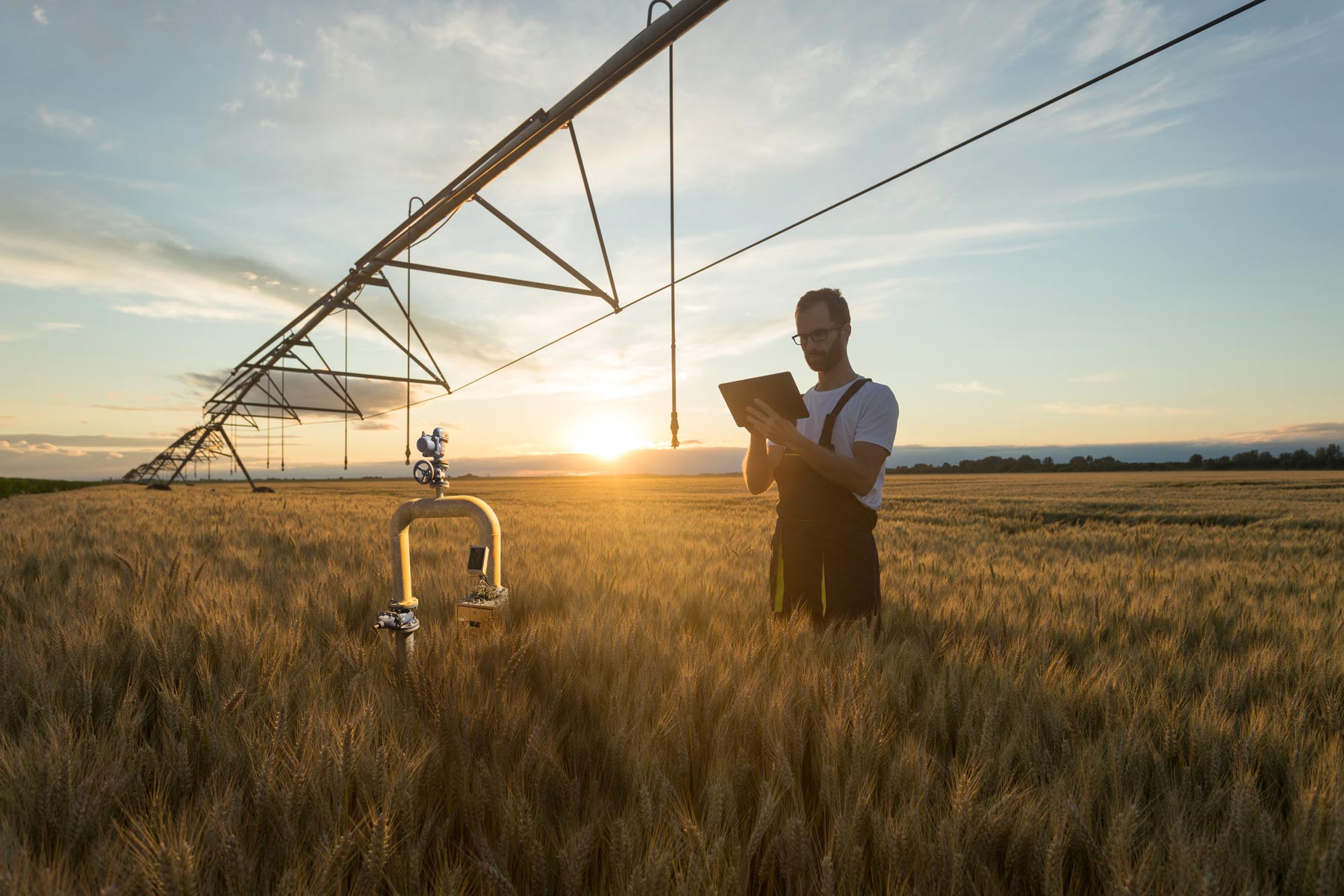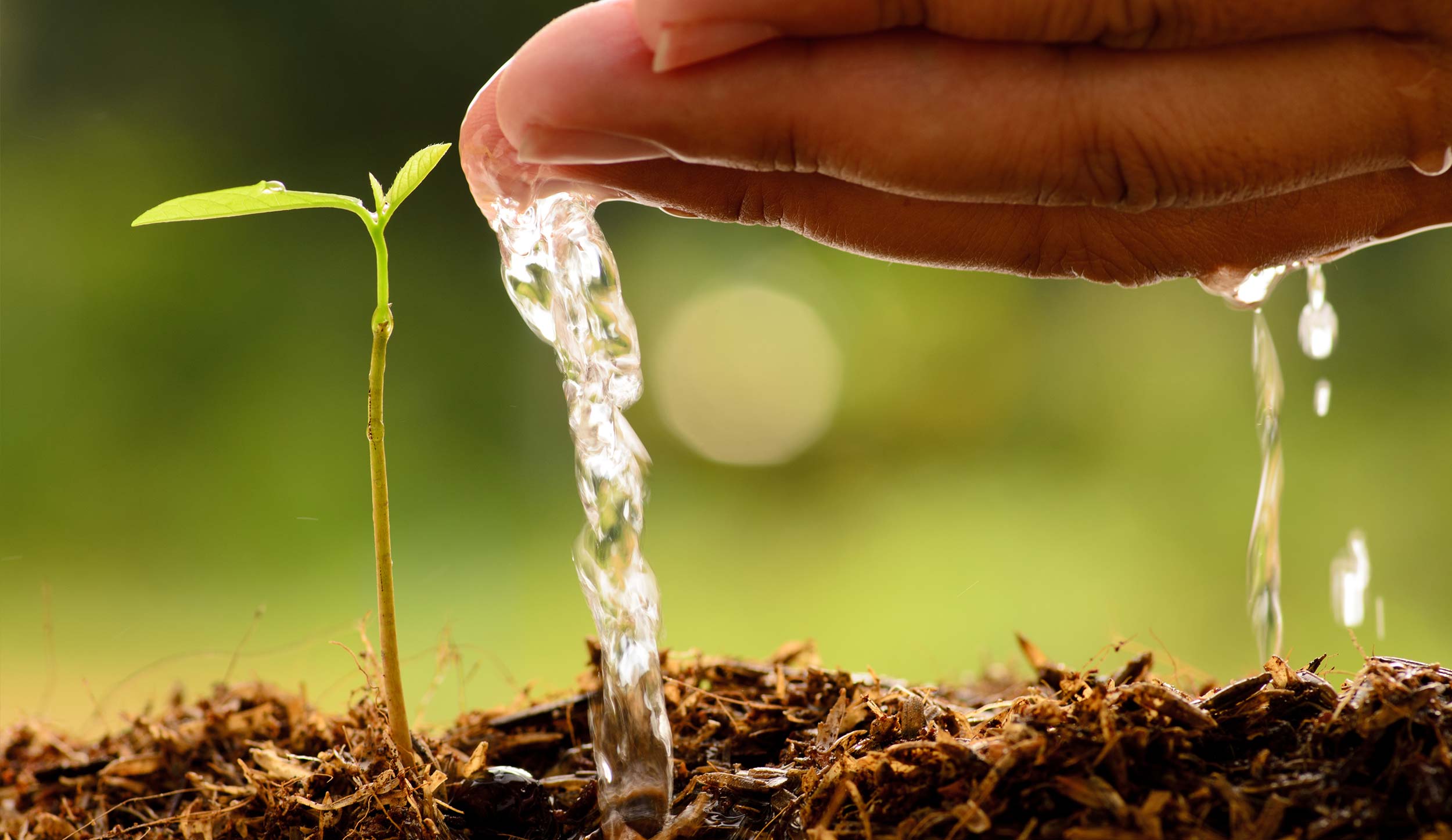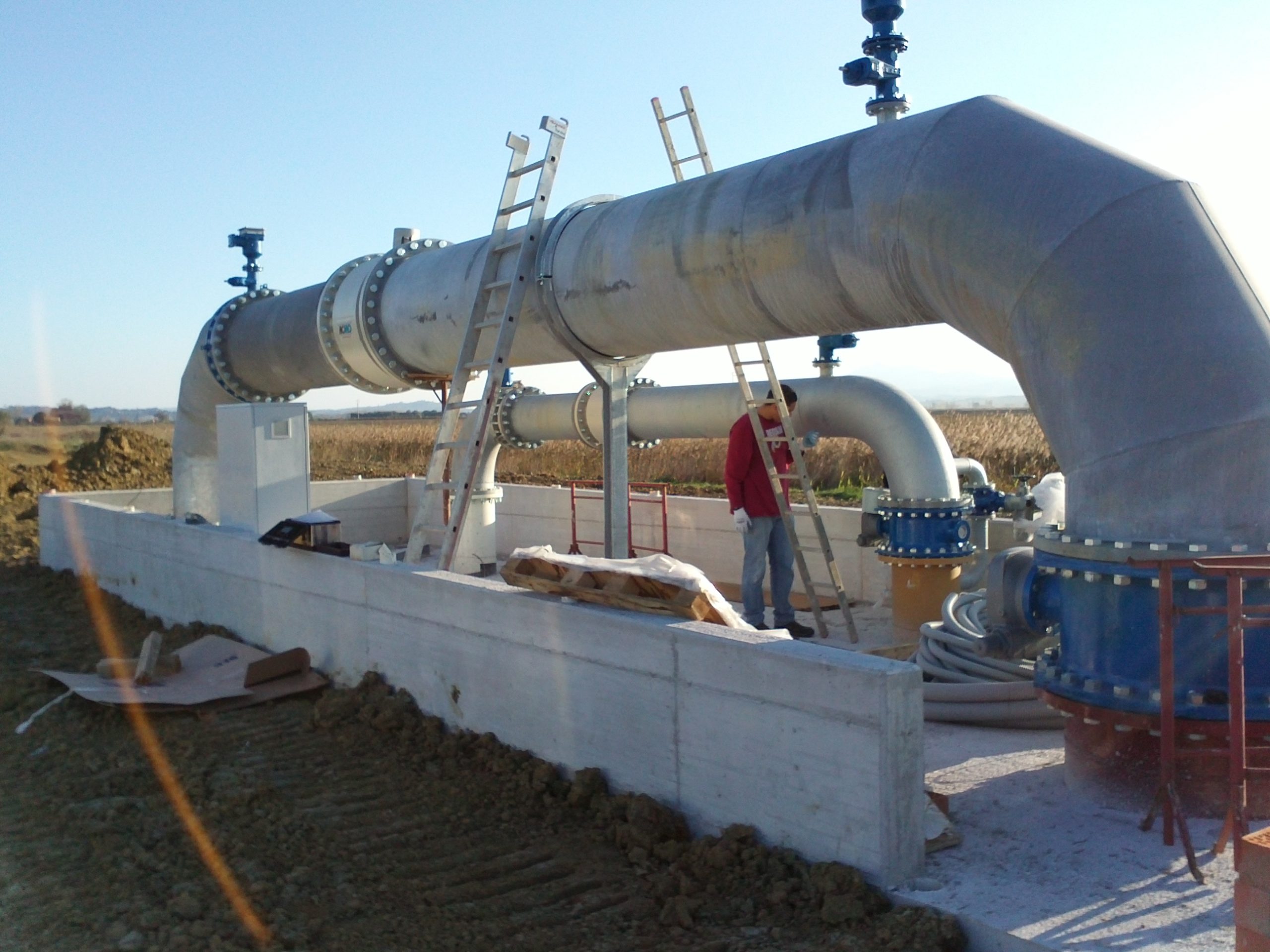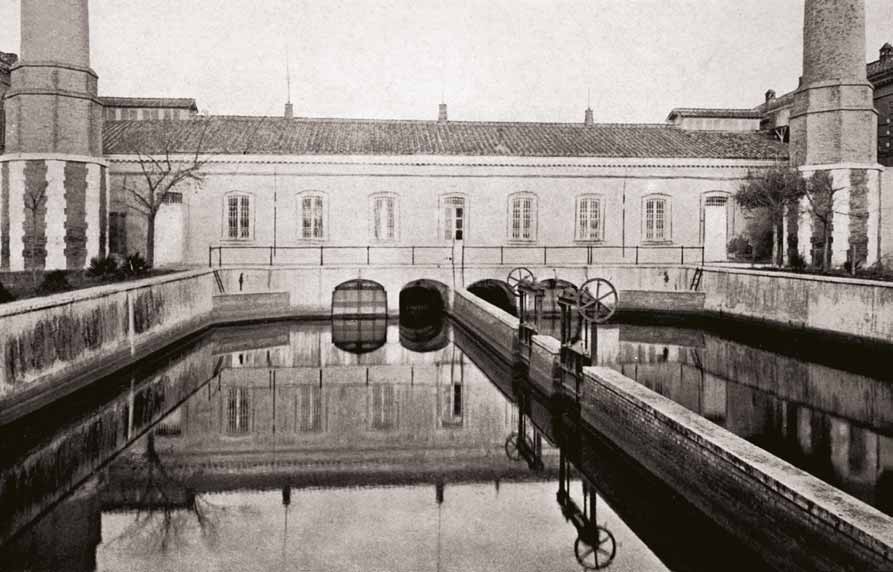MONITORING AND RETRAINING
Drainage and irrigation
In addition to improving the usage of water resources by avoiding dispersal or outright theft, these smart systems also support the work of organizations in maintaining hydrogeological safety. Thanks to notifications in case of alarm or failures of the drainage systems, protecting citizens from calamitous events.
They also simplify data and operational management: real-time data and historical statistics give a clear view of the networks’ state, also forming an important opportunity in terms of transparent communication with their users.
Finally, they allow to have a better financial report and more resources to invest offering concrete tools to eliminate wastage and redundancies at every level, managerial and functional.



Our application experience on water networks has enabled us to meet the challenges set by this sector.
Water autorities: virtuous protagonists
Water is a valuable but limited natural resource.
Currently, just 1% of the world’s freshwater reserves
are accessible for direct human use.
It is estimated that in 2030 47% of the world’s population will live with problems of water scarcity.
Water management is a matter of the highest priority that can no longer be postponed.

Water autorities: virtuous protagonists
Each country, climate zone and plot of land poses a number of specific challenges and it is clear that there is no “one size fits all” solution. However, addressing these obstacles is crucial to unlocking the ability of agriculture to solve a portion of the climate change problem. We have not heard of a more convincing solution. Do you have any?
World Economic Forum
“The reclamation consortia, it is worth mentioning, operate on 50% of the national surface, manage the ordinary maintenance and the consequent defense of the soil on over 200,000 km of natural and artificial canals, giving water for collective irrigation to over 3,3 million hectares of agriculture made in Italy agribusiness, in addition to producing an average of 500 million kWh per year of energy from hydropower and over 80 million kWh per year from photovoltaic” Francesco Vincenzi, ANBI President – Massimo Gargano, ANBI General Manager
Water utilities have developed a growing attention to issues and activities of high value for the community, starting from a multifunctional use of water resources, not only agricultural activities, but also:
- hydraulic and food safety;
- charging and protection of the groundwater;
- reduction of the impact of extreme climatic events and disasters;
- contrast to the subsidence and to the rise of the salt wedge in the water streams;
- irrigation board systems and devices for the rationalisation of water waste,
- establishment of the voluntary environmental certification label for agricultural and agri-food products “Goccia verde”,
- preservation of natural resources and biodiversity of flora and fauna with techniques of naturalistic engineering and “gentle maintenance”;
- conservation, care and enhancement of the landscape;
- Commitment to reducing carbon dioxide emissions in irrigation systems;
- transfer of the economic benefits of self-produced energy to agricultural enterprises;
- commitment to the reduction of plastic materials in works and plants;
- They counteract the effects of climate change and land use.
Today, therefore, the reclamation consortia are ready to welcome and face the new great future challenges, first of all those proposed by the European Commission such as the sustainability objectives of Agenda 2030, European Green New Deal, PAC e Next Generation EU.
- 141 water utilities
- 85% Italian food from irrigation
- 900 hydropower plants for safety
- 110 photovoltaic production plants
- 342 hydroelectric production plants
Our country would theoretically be rich in water, thanks to the annual average of 300 billion cubic meters of rainfall, higher than the European average. Of these, however, evaporation returns about half to the atmosphere and it is estimated that the potential resources each year are 110 billion cubic meters, of which 45 billion cubic meters are retained by the ground and 8 billion go into the sea. The situation is even more complicated because it rains abnormally compared to the needs, in a “tropicalized” way, with floods in the autumn/winter period and scarce rainfall in spring/summer. This situation is likely to worsen in the coming years and affect the smooth running of citizens’ activities.
In this scenario, water autorities are at the forefront with design and concrete proposals, able to transform a fragility in an element of strength and development, such as the ANBI proposal to finance a National Action Plan in the water sector for the construction of multifunctional reservoirs to retain as much water as possible and to combat the dispersion of water resources.
An investment that we hope will be welcomed by the community, to ensure a safe and prosperous future for all.
Source: Survey on the consortia of Reclamation, Irrigation and Enhancement of the Environment, ANBI, 2020
